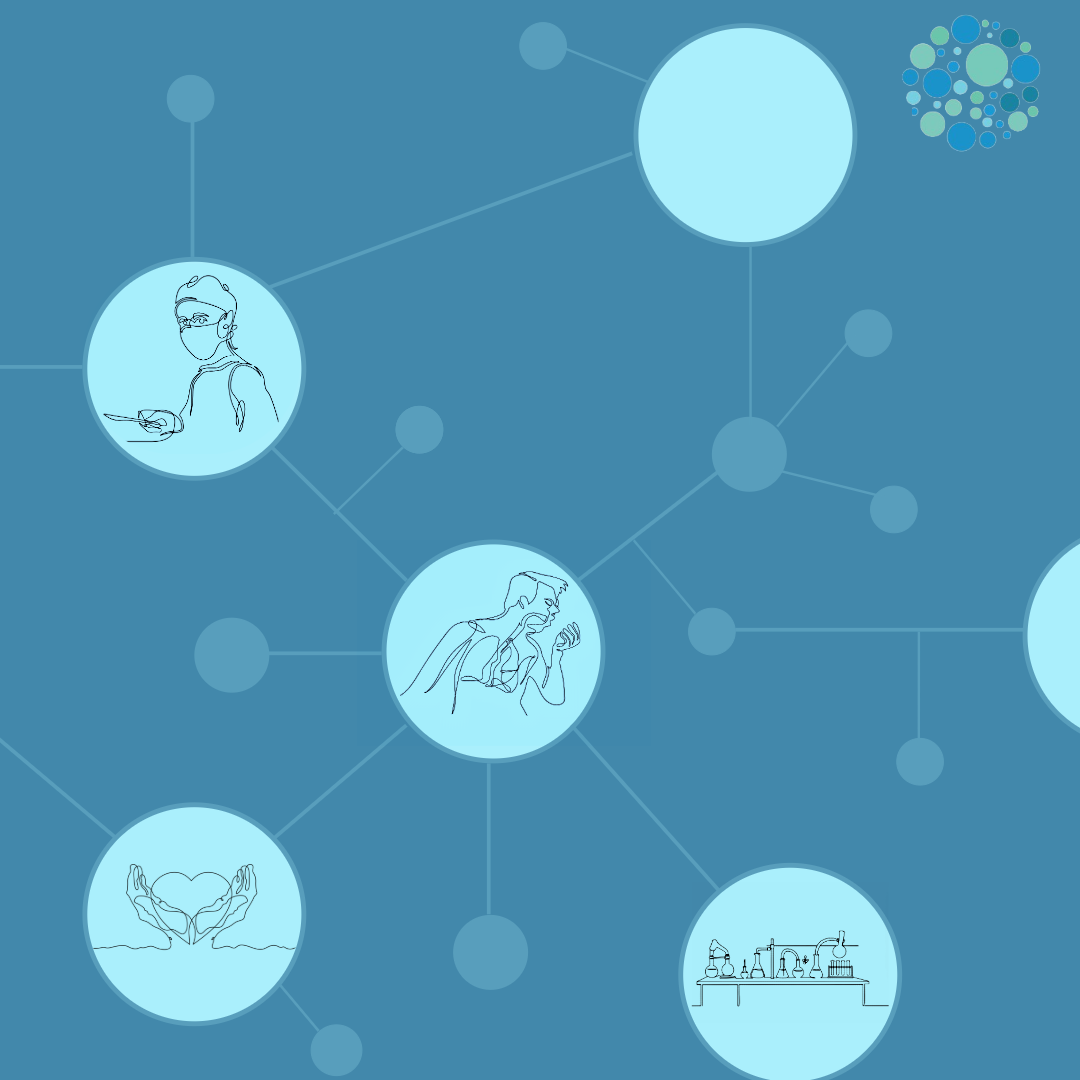The key tool of any market research project is the questionnaire or discussion guide. Those two terms are often used interchangeably but they are two different animals. The difference between the two is essentially the difference between quantitative and qualitative research.
Strictly speaking, a questionnaire is a structured list of queries, each of which is to be asked of every respondent, in order and in the exact format as written. Questionnaires are designed to populate grids of data with a rigid format of numbers, percentages and scores.
The discussion guide, on the other hand, is exactly that: a guide for the discussion between the moderator and the respondent or focus group, specifically designed to give flexibility in the conversation, to allow relevant tangents to be pursued and for subjects to be covered out of order if that’s how the conversation goes. The guide’s purpose is to uncover a respondent’s opinions, subjective feeling and unmet needs and it should give the moderator the freedom to vary their approach to get the best from each person.
Guides take many forms. Some are similar to questionnaires with numbered sections and sets of narrative-style questions for each topic. Others are much looser, with a brief paragraph to introduce the topic of each section and a list of prompts to encourage the respondent to add more information. This looser style of guide relies heavily on the moderator to keep track of the conversation and ensure that all the relevant areas are covered.
Designing an effective guide begins with an understanding of the client’s objectives. Ideally, there will be no more than three or four core discussion areas in any project. Any more than this and the interview will be too long, so it’s best to keep those for a follow-up project or to segment the sample into separate groups which can cover different elements.
Each objective should have its own section in the guide, so that the respondent remains focused on the subject at hand. However, since guides mainly use open questions, they allow for wide-ranging answers and often a respondent will say things that relate to some later question in the guide. This is where the moderator’s listening and organisational skills come into play, referring back to the earlier discussion when the question comes up later and then making sure that it has been covered in full.
Although sometimes, to avoid losing the thread altogether, it’s better to ask the respondent to ‘Hold that thought,’ until the relevant section comes up. But it’s just as important to recognise when a tangential answer reveals a new insight that the team didn’t anticipate and a skilled moderator will use their discretion to capture it.
Finally, the output from a qualitative discussion guide is usually a verbatim transcript of the conversation with all its circumlocutions, hesitations, elisions, and repetitions. And it’s the job of the analyst to sift through that mountain of data to build a complete picture for the client and to spot those pithy quotes that sum up key opinions and that’s a whole other skill set.
But at the data-gathering stage, a successful qualitative research project relies on the ideal combination of a well-written discussion guide and a highly skilled moderator with a finely tuned pair of ears.



